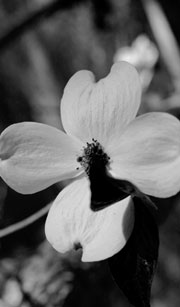 |
||
 |
||

 |
• HOME • GENERAL STORE • NATURAL HERITAGE • HISTORY, CULTURE & CRAFTSMANSHIP |
||||
|
Natural Heritage
• Trees & Shrubs of the Ozarks |
|||||
| Trees & Shrubs Index • Oak • Hickory • Walnut • Catalpa • Loblolly Pine • Red cedar • Elderberry • Sumac • Sassafras • Persimmon • Osage-orange • Mulberry • Witch Hazel • Sarvisberry • Dogwood • Redbud • Crape Myrtle • Mimosa Natural Heritage Index • Fishing • Hunting • Camping • Conservation • Bass Pro Blog • Hills & Hollows • Rivers & Lakes • Springs • Caves • Rocks & Fossils • Trees & Shrubs • Plants & Herbs • Hill Critters • Flyin' Critters • Water Critters • Snakes & Such • Forgotten Critters |
|||
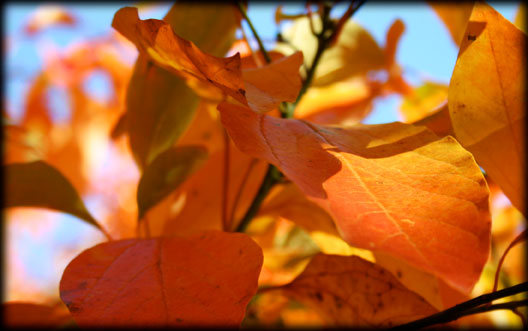
The sassafras tree is fragrant — reminiscent of lemon — when its branches or leaves are crushed.
There are no sassafras species outside of North America and its common (and Latin) names are derived from a Native American word for the tree.
A generation ago, sassafras was regularly used as a spring tonic.
The roots were dug in the spring, peeled, and brewed to make a strong, slightly pink tea. The tea was also used to stain Easter eggs.
Recently, sassafras tea has been denounced as dangerous.
The large, often mitten-shaped leaves — dried and powdered — are used as filè in Creole cooking.
The tree’s shape is graceful, though not particularly tall, closely resembling that of the mango.
Sassafras wood is dense and colorful — a popular choice for many carvers and mandolin makers.
By mid-September, falling night temperatures cause sassafras leaves to turn brilliant shades of orange and yellow, making it one of the most colorful tree species of the autumn’s Ozarks.
— by Joshua Heston
May 28, 2009
________
Sassafras (Sassafras albidum)
Size: 30 to 40 feet tall; leaves 3 to 5 inches long.
What to look for: leaves oval, 3-lobed, or mitten-shaped; twigs bright green, aromatic when crushed, fruits blue, berrylike; stump and roots sprout readily.
Habitat: well-drained oild fields and woods; often in hedgerows.
— page 299, Wernett, Susan J., et al. North American Wildlife. The Reader's Digest Association, Inc., 1986.
_____
A WORD FROM THE ROOT DIGGER...
Sassafras. Was used as a spring tonic to thin the blood. It was also used as [a] delightful drink.
— page 2, Chick Allen and Evelyn Fullerton, Ozark Root Digger,1974.
_____
FROM THE HERBAL COMPENDIUM...
Sassafras. Sassafras albidum (S. officinale).
Bark and Bark of the Root: Diuretic. Aromatic. Stimulant. Alterative. Diaphoretic. Stomachic. Aperient. Tonic.
Pith: Demulcent. Mucilaginous.
Valuable in scrofula and eruptive diseases, as as a flavor. The pith was used as an eyewash in ophthalmia, and as a drink in disorders of the chest, bowels, kidneys, and bladder. Useful as a spring tonic when made into a tea.
“Grows in the U.S. and Can. Every part of the tree has a pleasant fragance and an aromatic taste. Apr. June.”
— page 172, Shaker Medicinal Herbs: A Compendium of History, Lore and Uses by Amy Bess Miller
_____
A word of safety: folk remedies on StateoftheOzarks are published for informational purposes only.
These remedies are never intended to cure, treat or mitigate any disease or disease condition.
For questions about disease or disease conditions, consult a qualified healthcare professional.
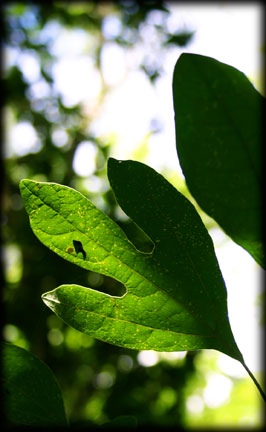
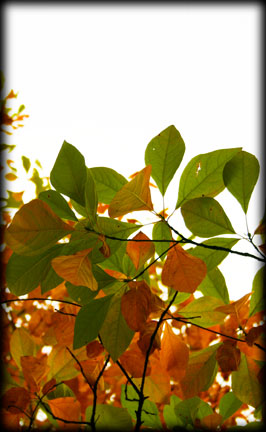
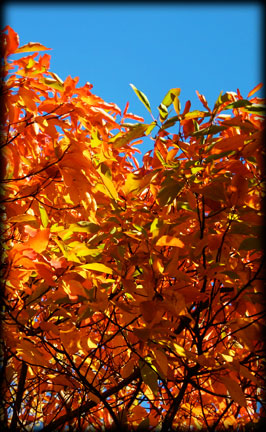
All photo credits: J. Heston. SOTO © Archive. 10/19/05,